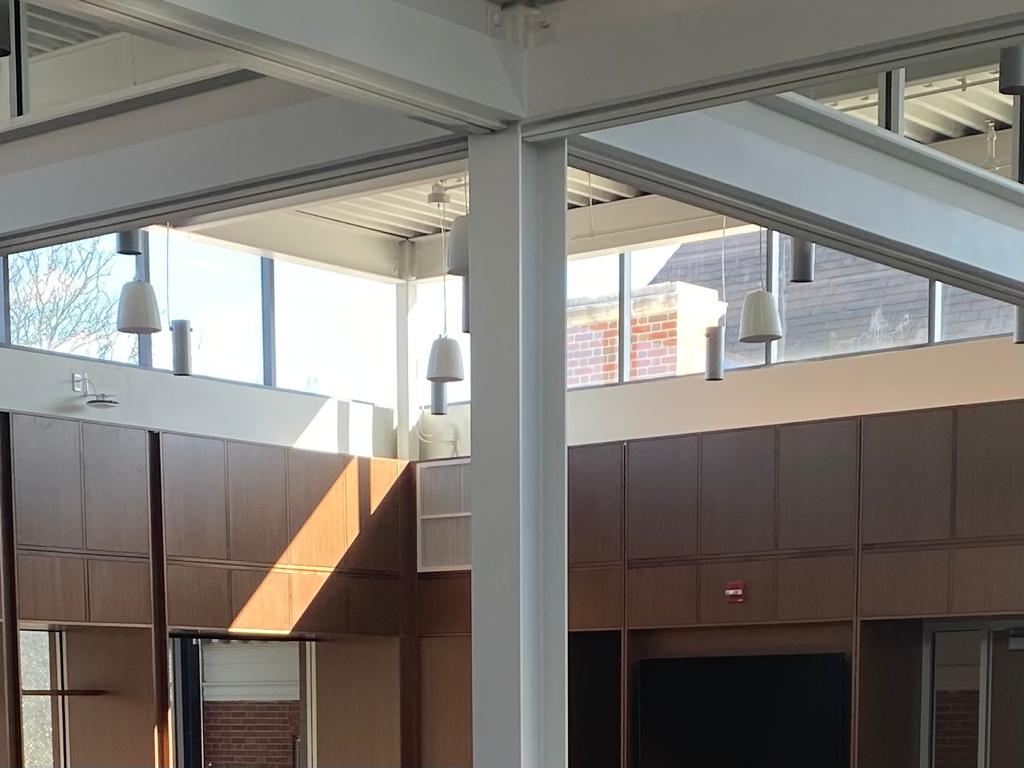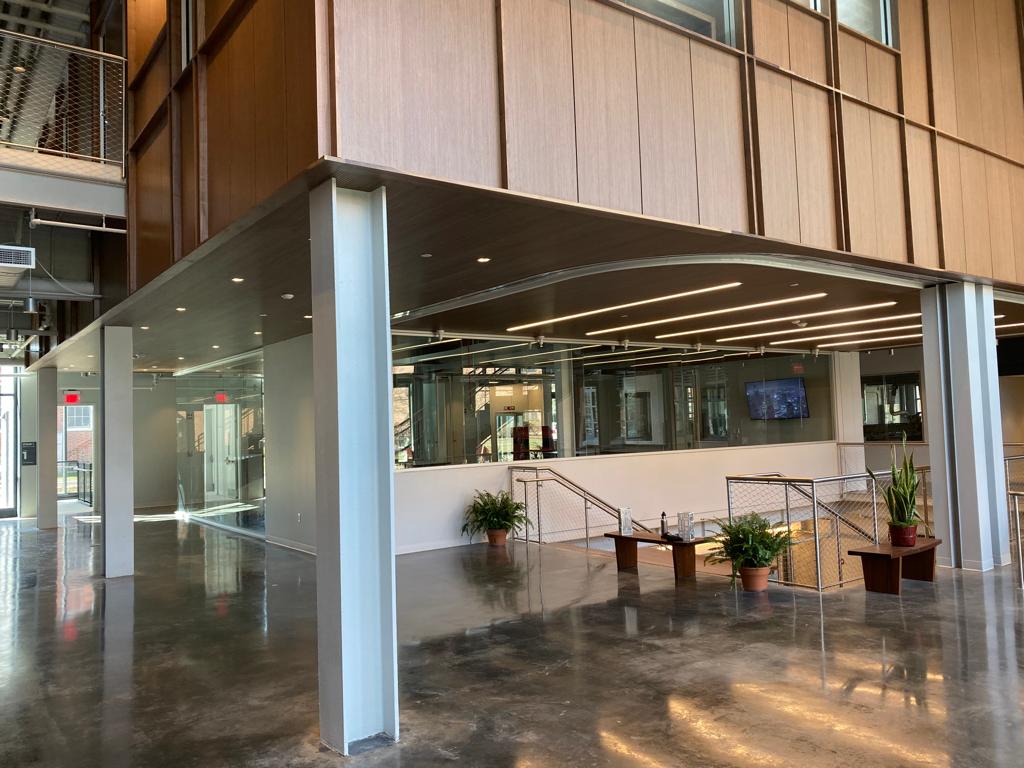Intumescent fireproofing is another method of fireproofing buildings. It comes in a few categories and manufacturers. Understanding your structure, the code requirements, and the environment it’s in, can help with choosing the best product.

What is Intumescent Fireproofing?
Intumescent paint, is constructed with a chemical compound that expands and creates a protective barrier when exposed to high temperatures. During a fire, the material will expand and char to create a dense protective layer that can protect structural members for a period of time during a fire.
Intumescent fireproofing must be applied to a specified thickness in order to offer long lasting protection against high temperatures during a fire. The barrier created by intumescent fireproofing can expand 25 times its original thickness when reacting to the extreme temperatures of a fire. Coating thickness requirement is dependent on the size and weight of each individual steel member and the hourly fire rating requirements of your structure.
Intumescent fireproofing covers like a thin protective coat of paint and can be spray applied. Since varying thicknesses determine its fire rating, multiple coats are typically necessary. Once the final coat is fully cured, a top coat of an approved paint can be applied. The typical dry finish appearance of intumescent paint is that of an orange peel but can be sanded to a higher level finish if needed.

Where is Intumescent Fireproofing Used?
Intumescent coatings can be used safely in schools, hospitals, hotels, warehouses, manufacturing facilities, and other job sites. This thin coverage form of fireproofing can be used indoors and outdoors, on exposed structural beams and those behind walls and ceilings.
One thing to understand is that intumescent fireproofing is significantly more expensive then it’s cementitious counterpart and typically there is a specific reason why it’s being installed. The most common reason someone would choose to install intumescent is for the aesthetics. It is often used when architects, designers and property owners want to showcase structural steel members. Another situation it is used is when there are area restraints and there just isn’t enough space to fit cementitious spray fireproofing. Some other reasons it can be specified is when the environment just won’t allow for cementitious spray fireproofing, or the nature of the project does not allow for other forms of fireproofing to be properly installed.
Intumescent vs. Cementitious Fireproofing
Cementitious fireproofing is a fireproofing product that as the name suggests, consists of layers of cement built up to create a protective layer around the structure of a building. While this may seem like a better and cheaper option, cementitious fireproofing is not always the correct product for your structure. Cementitious fireproofing has its limitations and is not as aesthetically pleasing. On the other hand, specifiers need to consider the added cost associated with intumescent and weigh the benefits to determine the best product.
The Bottom Line
Intumescent fireproofing is an extremely attractive choice in terms of aesthetics and price. In addition to being labeled an IBC and Life Safety Code approved fire resistant material, this fireproofing material can be top coated with the color to the buyer’s choice to appeal to the aesthetics of the location. Intumescent fireproofing, when applied by a professional, can provide the structural safety and fire protection that make businesses safe places to work.
Talk To An Expert